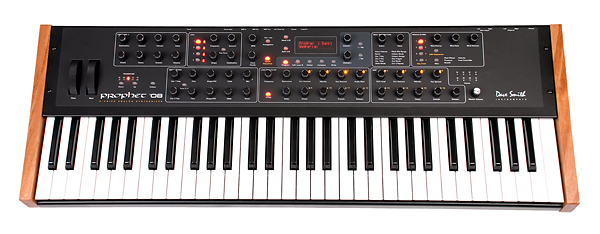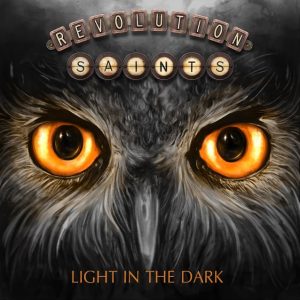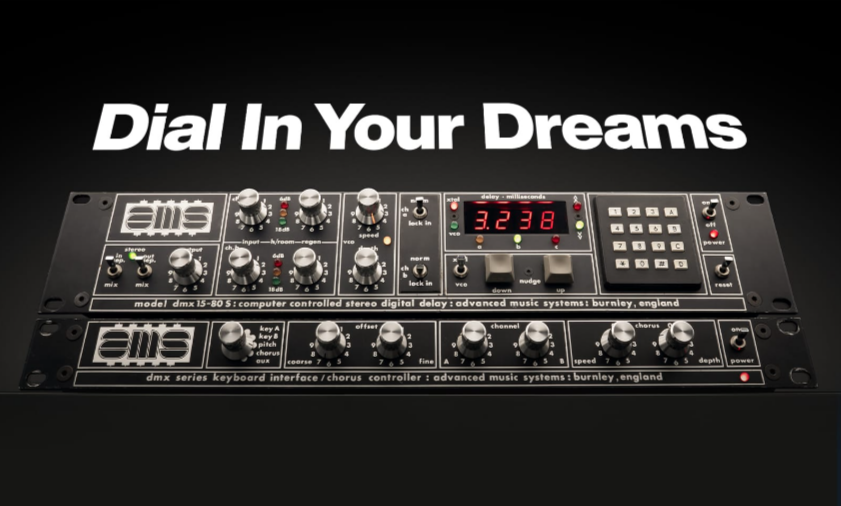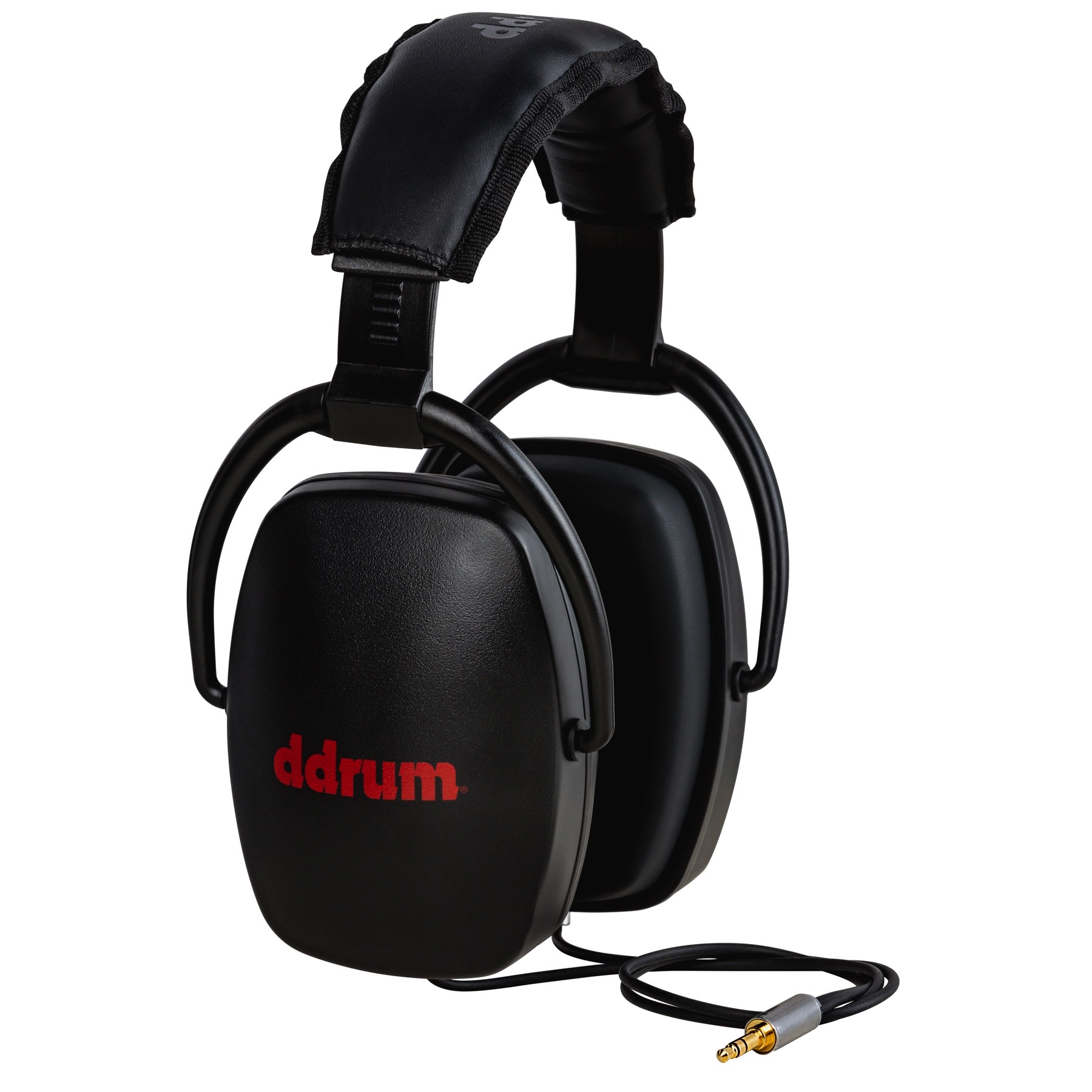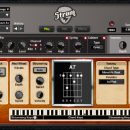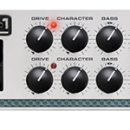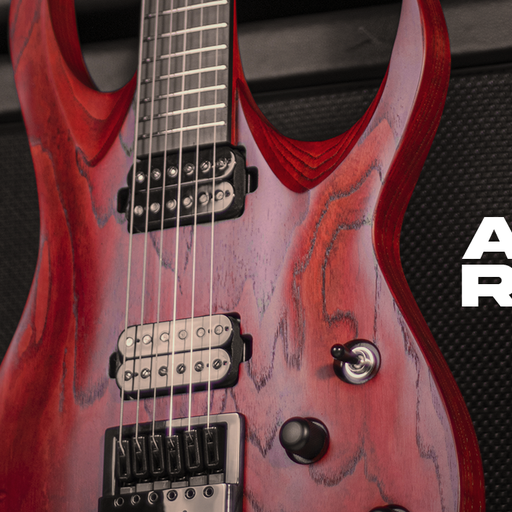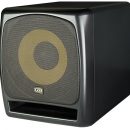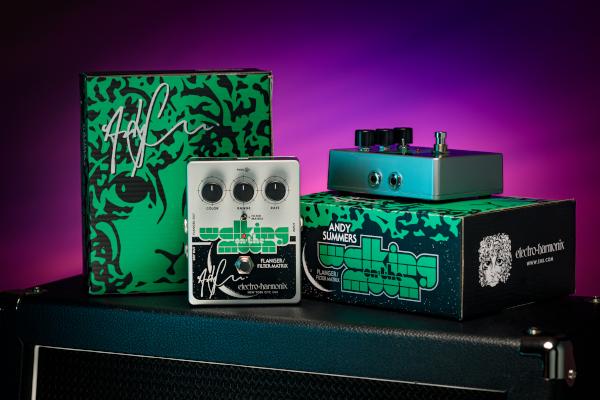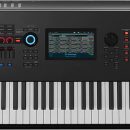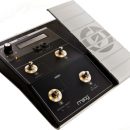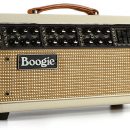 Antares is on a roll. Or they’re on fire. Or perhaps they’re a fiery ball rolling down a hill! Whatever it is, they really don’t miss the mark with their constantly expanding suite of vocal processing plug-ins. Just when you thought Auto-Tune was a required studio standard for keeping your singers in tune, along came the AVOX Vocal Toolkit featuring Throat’s physical vocal tract modeling that transformed the actual tonal character of a voice.
Antares is on a roll. Or they’re on fire. Or perhaps they’re a fiery ball rolling down a hill! Whatever it is, they really don’t miss the mark with their constantly expanding suite of vocal processing plug-ins. Just when you thought Auto-Tune was a required studio standard for keeping your singers in tune, along came the AVOX Vocal Toolkit featuring Throat’s physical vocal tract modeling that transformed the actual tonal character of a voice.
But that wasn’t enough for Antares, who have now delivered to us Harmony Engine — a fantastic sounding plug-in that incorporates many technologies found in the previously mentioned products. A four-part harmony virtual machine, Harmony Engine makes it very easy to ensure that additional voices generated for your vocals do not sound like simple manipulations of your source audio, but rather distinctly unique harmony voices. If you missed out on singing with a young men’s choir in your youth, or you’ve always wanted to add a little gospel to your blues, Harmony Engine will provide a suitable shortcut to get you there, unless of course you have plenty of kids and church choirs at your disposal for recording sessions in your basement.
| Category | Value | Rating |
| Features | 20% | |
| Usability | 25% | |
| Sound | 25% | |
| Documentation & Support | 10% | |
| Price | 20% | |
| OVERALL RATING = 3.6, which earns it a WIHO Award! 3.6 stars or better: Outstanding, WIHO Award 3 stars or better: Worth considering 2 stars or better: Suited to specific needs 1 star or less: Not recommended |
||
The harmonies and unison lines (doubles) generated by Harmony Engine are great sounding, and while you can easily push the plug-in to generate artificial sounds, it’s also quite easy to generate vocal accompaniment that sounds perfectly genuine in the context of your mix. The more vocal arranging theory you’ve mastered, the more you can easily take advantage of some of Harmony Engine’s advanced capabilities, but even the untrained will find that right out of the box, it’s easy to experiment and generate useful vocal enhancements from this fun plug-in. As a certain master of a capella songwriting would tell you, don’t worry. With the Harmony Engine, you’ll definitely be happy.
Features
Harmony Engine is, quite simply, a plug-in that provides vocal harmonies. Available in the popular formats — RTAS, VST, and AU, it features advanced options for customizing the tone of the accompanying voices so that they don’t sound like identical harmonies of your original source vocal. You can create up to four independent harmony voices, or you can use Harmony Engine to provide doubling/unison lines. Because Antares’s Throat vocal chord modeling technology is incorporated into the plug-in, the sound of your additional voices can be altered quite significantly from the source material.
Each voice can have its vocal character altered quite significantly, so for example, if you’re a white female singer, you can transform your own harmony vocal into the sound of a black male and double your vocal line with a slightly tone-altered version of yourself (and more, since you can have up to four accompaniments). Read our in-depth review of the AVOX Toolkit to get a full picture of how THROAT technology reshapes vocals by altering the shape of your vocal tract (virtually, of course).
Besides reshaping the tonal character of each voice, Harmony Engine also provides independent control over voice vibrato and pan settings, and the Humanize function lets you dial in some variation to the voices as well. For even further variety, you can delay the onset of vibrato for each voice independently to truly simulate the response of independent vocalists.
Harmony Engine provides both fixed and scale intervals, and harmonies can be selected in real time via a MIDI controller or from a recorded MIDI track. Each harmony can be assigned to a unique MIDI channel. Additionally, you can play the Harmony Engine voices like a sampled synthesizer when set to MIDI Omni mode.
Though not its primary application, you can also use Harmony Engine to add harmonies to musical instruments such as guitar leads or other monophonic sources for some interesting effects. Note that the results won’t replace a traditional instrument harmonizer — these harmonies have a voice to them!
A Freeze feature enables some very sophisticated harmony use. Rather than have Harmony Engine follow every word, it can be set to freeze on formants so that your virtual backing vocalists can hold out notes behind a lead vocal who continues singing. Very cool!
Up to fifteen harmony presets can be saved to instant-access buttons in the interface for immediate recall either live or (more typically) via automation. Additional configurations of Harmony Engine can also be saved to a series of six Voice Parameter presets. This enables you to easily switch from a four-part harmony to a trio, or from a male choir to female choir, instantly. By combining use of both types of presets, you can effectively “play” your choir in real time, or automate it.
Usability
If you have a basic understanding of music theory, getting up and running with Harmony Engine is a piece of cake. We installed the RTAS version of the plug-in into our Digidesign Pro Tools LE 7.3 environment, registered the plug-in to our (required) iLok online, and were up and running in a matter of minutes.
Harmony Engine can be used on mono or stereo tracks, can provide mono-to-stereo effect processing, or can be inserted onto effects busses depending on your needs. As you can see from the plug-in’s window, each voice can be panned anywhere across the sound stage. Although our studio wasn’t equipped for 5.1 mixing, you can pan voices to different speakers in a surround mix if your DAW is configured appropriately, making for a true sit-in-the-middle-of-the-choir experience.
Use of the plug-in is pretty straightforward. Set the type of voice being processed, such as Alto, Tenor, etc. (not required, but this optimizes the audio results), select a key and chord voicing, and listen. Because it works in real-time, it’s simple to change keys and chords while playing back the audio in order to experiment and come up with harmonies that you haven’t even considered.
Antares Throat modeling software technology is built in, and with the small slider alongside each voice, we were able to easily mutate the vocal characteristics of our accompanying voices so that they bore little or no resemblance to the primary non-effected voice. Further distinction was made possible by a variety of additional controls. We set different rates for vibrato, delayed the onset of vibrato, slightly adjusted individual pitch, and adjust a Humanize control that adds elements of randomness to the processing.
Each voice can be soloed or muted, or simply not used, and of course the levels for each voice were also easily adjusted. Obviously, most songs have key changes from one section to another, and Harmony Engine makes dealing with these changes simple. A bank of fifteen Harmony Presets can be saved. It was easy to set different keys and assign them to the preset buttons for instant recall within a song.
Similarly, we were able to use the six Voice Parameter Preset buttons to save different harmony configurations, such as four part harmonies with all men, a simple doubling of a lead vocal, a mixed harmony with male and female accompaniment, etc.
Each of the preset buttons saves additional related information. For example, the Harmony presets save key, chord, and inversion information, while the Voice Parameter presets save panning information, vibrato settings, etc.
Almost all settings in Harmony Engine are automatable, so once we saved some presets, it was easy to write automation to our vocal track to change the arrangement of virtual backing vocalists as well as to change keys as needed throughout our songs. Alternately, we could automate individual parameters to manipulate harmony settings in our song.
Controlling Harmony Engine from a MIDI keyboard was more involved, at least in our Pro Tools LE environment. It’s very easy to change harmonies by playing notes on a controller, but configuring MIDI control of Harmony Engine ads a layer of complexity that will vary from one DAW to another. We discovered that even if you’re set up for playing virtual instrument plug-ins from your MIDI controller, you have to go one step further with Harmony Engine and configure the routing of MIDI data to the Harmony Engine that is running on an audio track, as opposed to traditional soft-synths that run on instrument/MIDI tracks.
Tip: Be sure to place the Harmony Engine plug-in on your vocal track or bus first, and then create a MIDI track for your keyboard controller. Next, on the MIDI track, you can select Harmony Engine as a source for the output from the MIDI track.
Once we figured this out the first time, though, MIDI control worked very well, similar to using a keyboard with vocoding or other human voice-related features.
Sound
Harmony Engine sounds great. We used it on a variety of tracks, and found it especially handy when we needed to add some backing vocals to a demo where the band was unavailable to lay down its own backing vocal parts.
We’ve attached a few samples that were created within a matter of minutes – we just pulled up some vocal tracks from various sessions laying around on our hard drive and experimented with vocal parts. Note that we removed other processing from these samples so that you could hear Harmony Engine at work on unprocessed vocals.
| "Sky Is Falling" Dry | "Almost Mine" Dry |
| "Sky Is Falling" Harmony Engine | "Almost Mine" Harmony Engine |
| Vocalist Eric Klein | Vocalist Mark Turner |
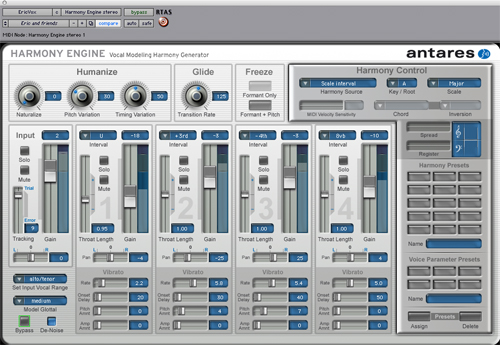
Settings for the "Sky Is Falling" Demo...
On its own, you might detect a slightly artificial presence to the harmonies, but that could be because your band mates just never sound so good! Whenever we placed harmonies within the context of our mixes or applied our other vocal processing, we achieved results that sounded real.
Harmony Engine also made it very easy to turn our songs into the complete and utter garbage! Want to hear your singer with backing vocalists singing in the wrong key? No problem here! Fortunately, the automation features made it easy to change harmonies each time there was a key change in our song, or when we desired a new effect.
Even without musical accompaniment, we got some excellent sounding results using Harmony Engine, turning a vocalist’s solo line into a chorus of Kansas or Triumph. Using the Throat control, vibrato settings, and randomization, we were able to dial in some significant changes to the vocal character of our harmonies, though there isn’t as much fine detail as you’ll find in the dedicated Throat plug-in.
We experimented briefly with using Harmony Engine on a few guitar tracks and found the results to be just so-so. We could envision using it for some deliberately creative guitar sound design, but if you’re looking for classic guitar harmonization, this isn’t the right product. Stick to vocal work for the best “traditional” results.
Documentation and Product Support
Antares do a fantastic job with their product documentation. Although you’ll be up and running with the basics of Harmony Engine without ever looking at the manual, you definitely need to read through it to comprehend use of some features like the Presets assignments as well as some of the more advanced plug-in options. And although the configuration of MIDI control was a bit perplexing at first, an email to Antares technical support cleared up the confusion we had.
Additionally, Antares provides tutorial files that accompany lessons in the manual to really help you explore the plug-in to its fullest potential. We would have liked to read some additional information on configuring MIDI control, however. Despite a wide range of DAWs on the market, given this product’s intended application, some specific tips for use with Pro Tools, Logic, and Live would be especially useful to the widest range of users.
Price
Antares Harmony Engine (MSRP $349) can be purchased for approximately $300 street, a good price for a very useful harmony product. There aren’t many vocal harmony products on the market, so it’s refreshing that Harmony Engine works comparably with other plug-ins in the Antares family.
With a very familiar interface to users of other Antares products, if you don’t have ready access to backing vocalists, you can’t go wrong throwing a little Harmony Engine into the mix.
Contact Information
Antares
www.antarestech.com
| Evaluation Short-List |
|


